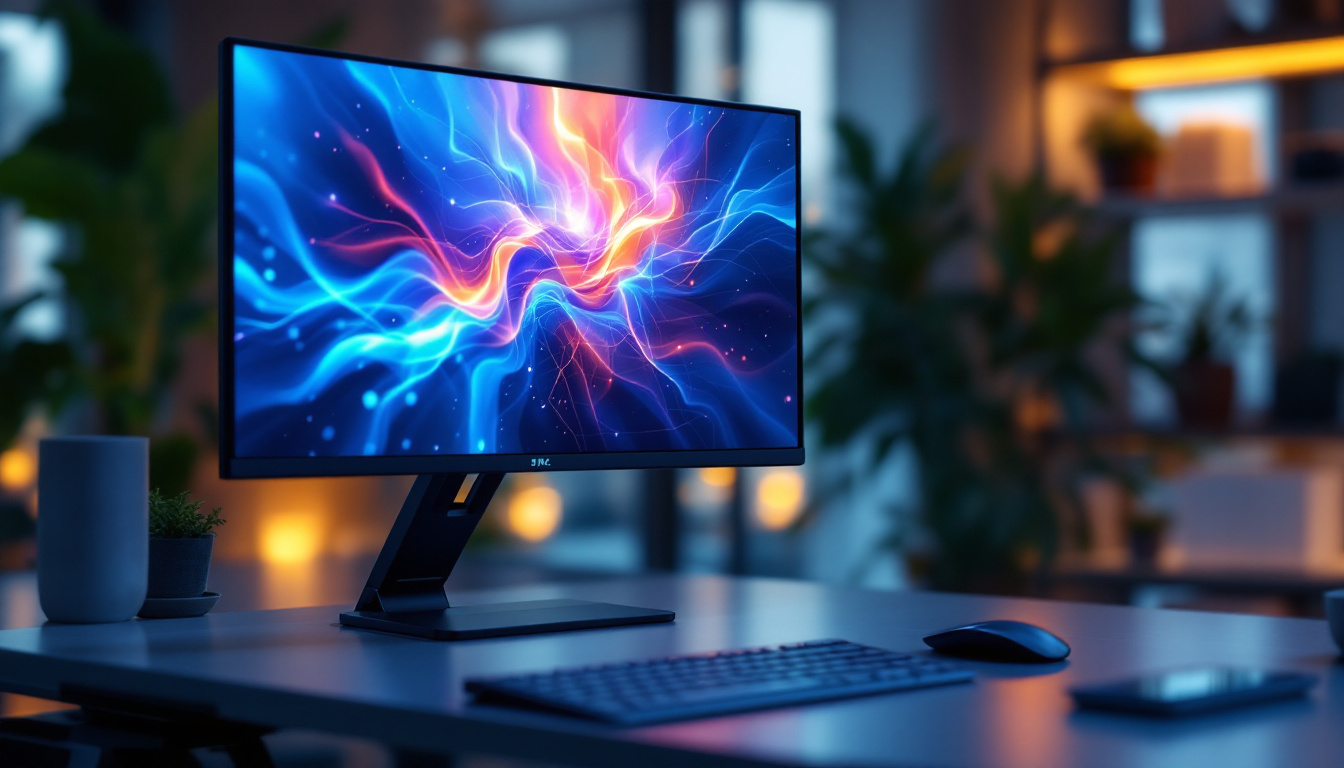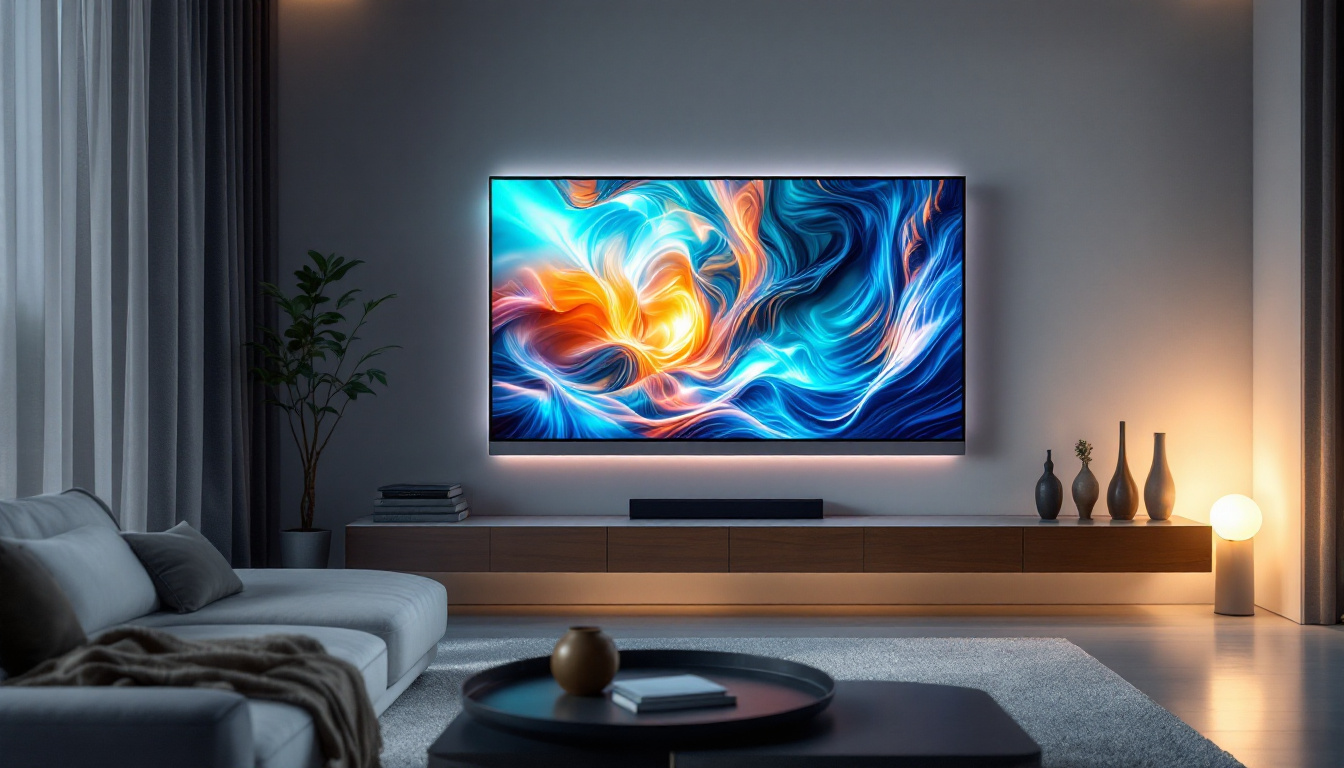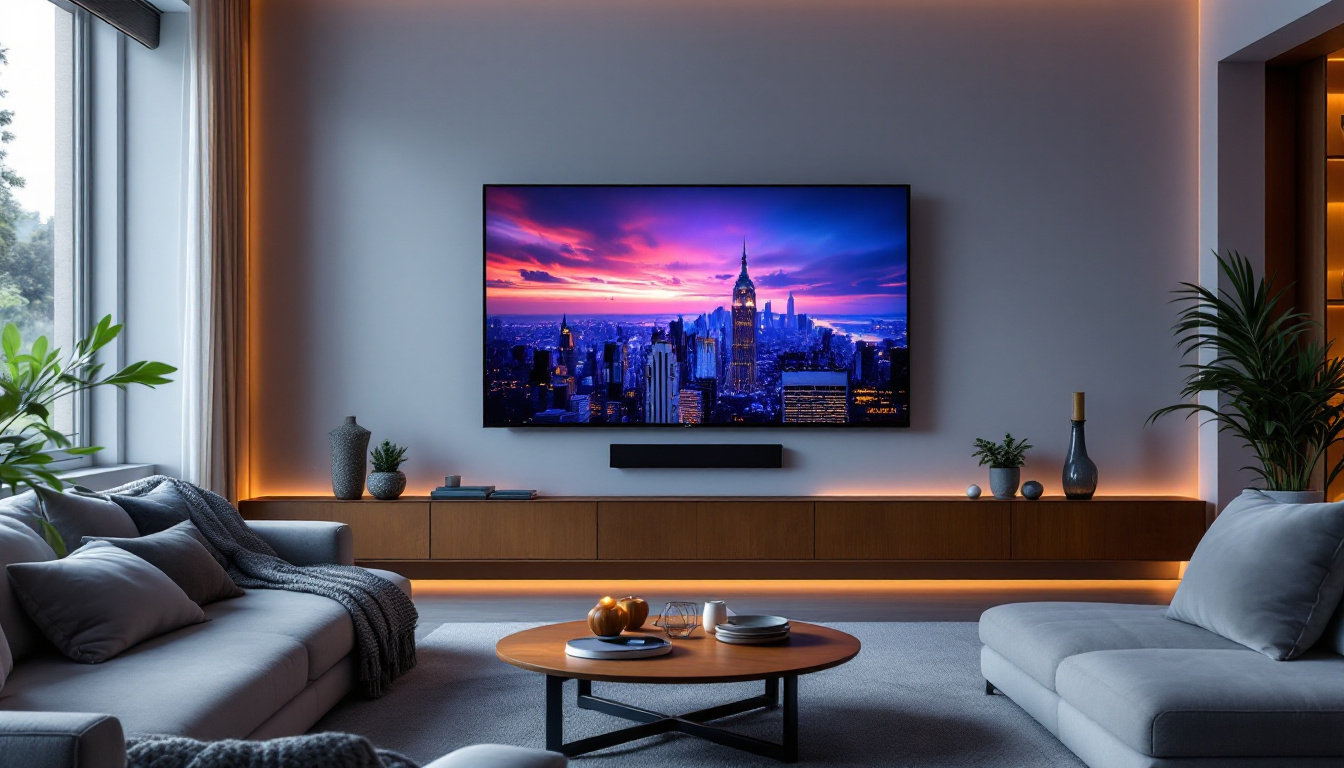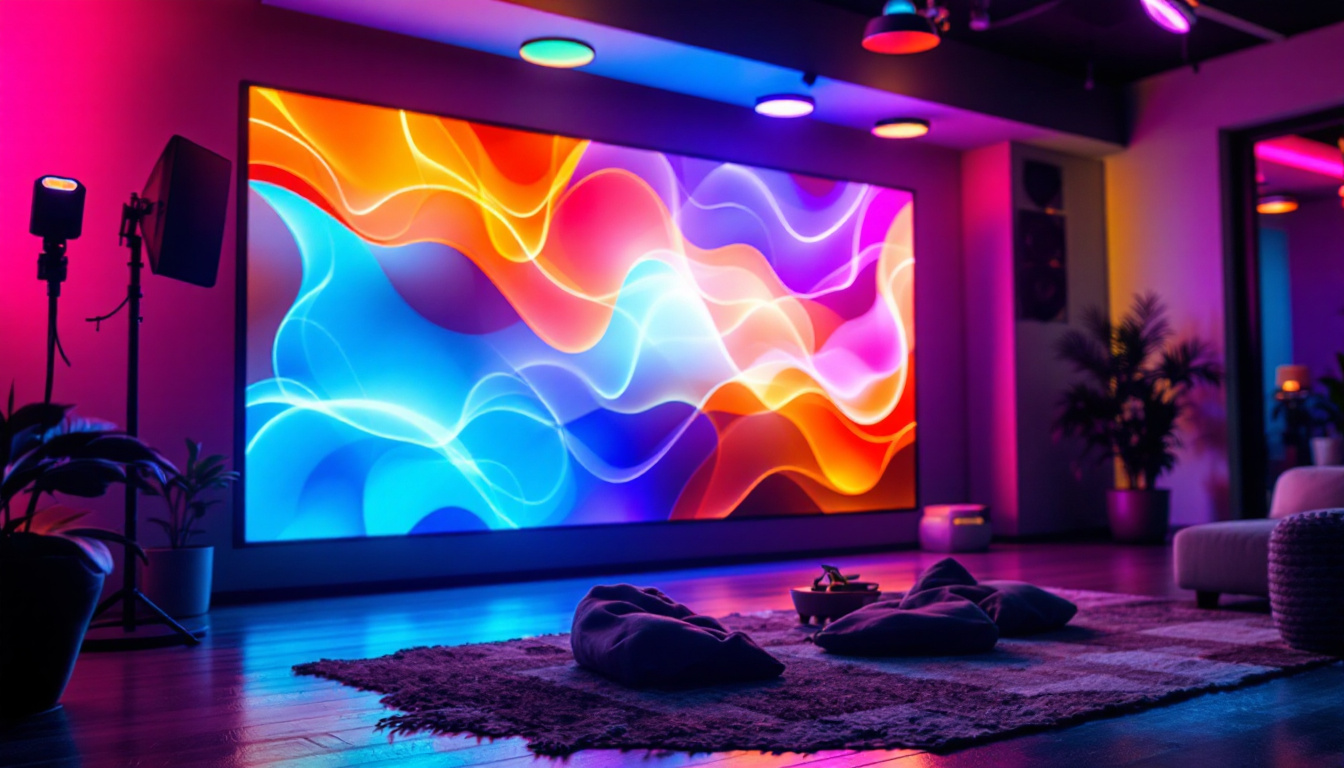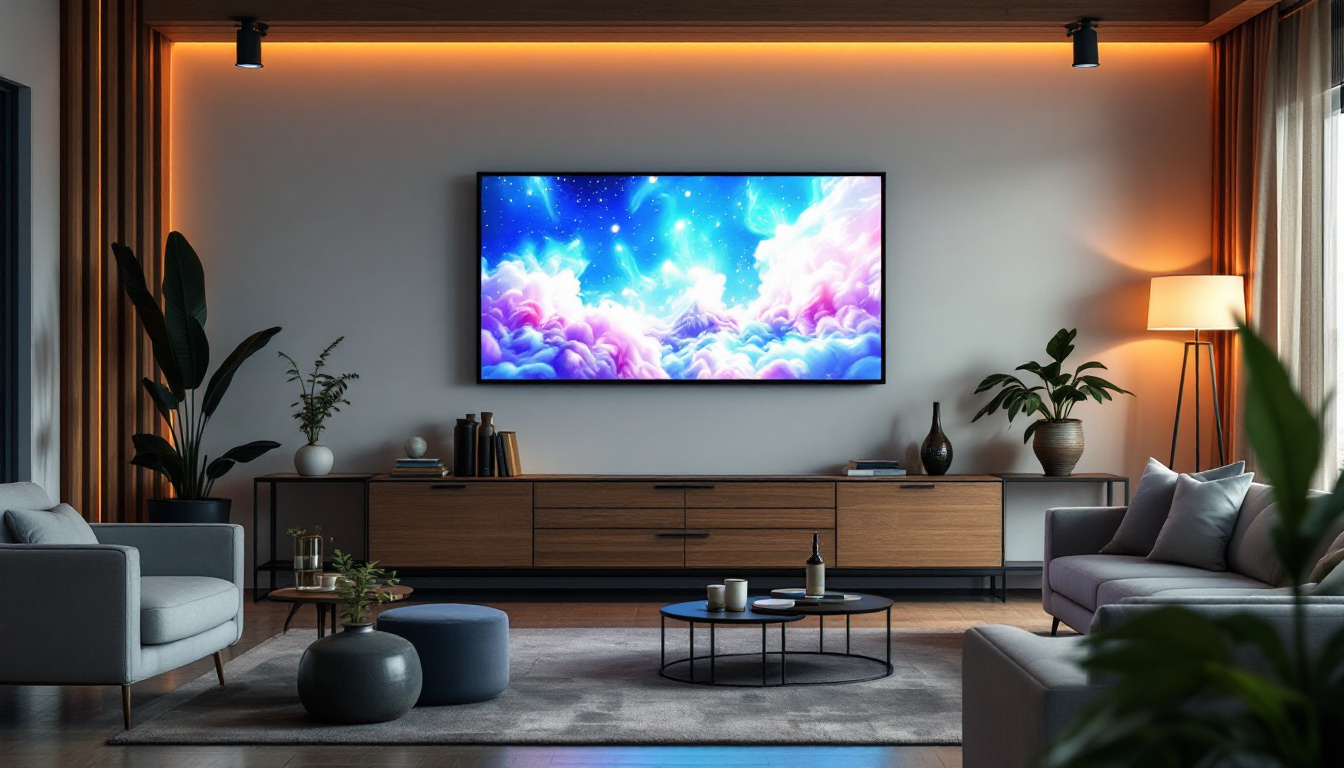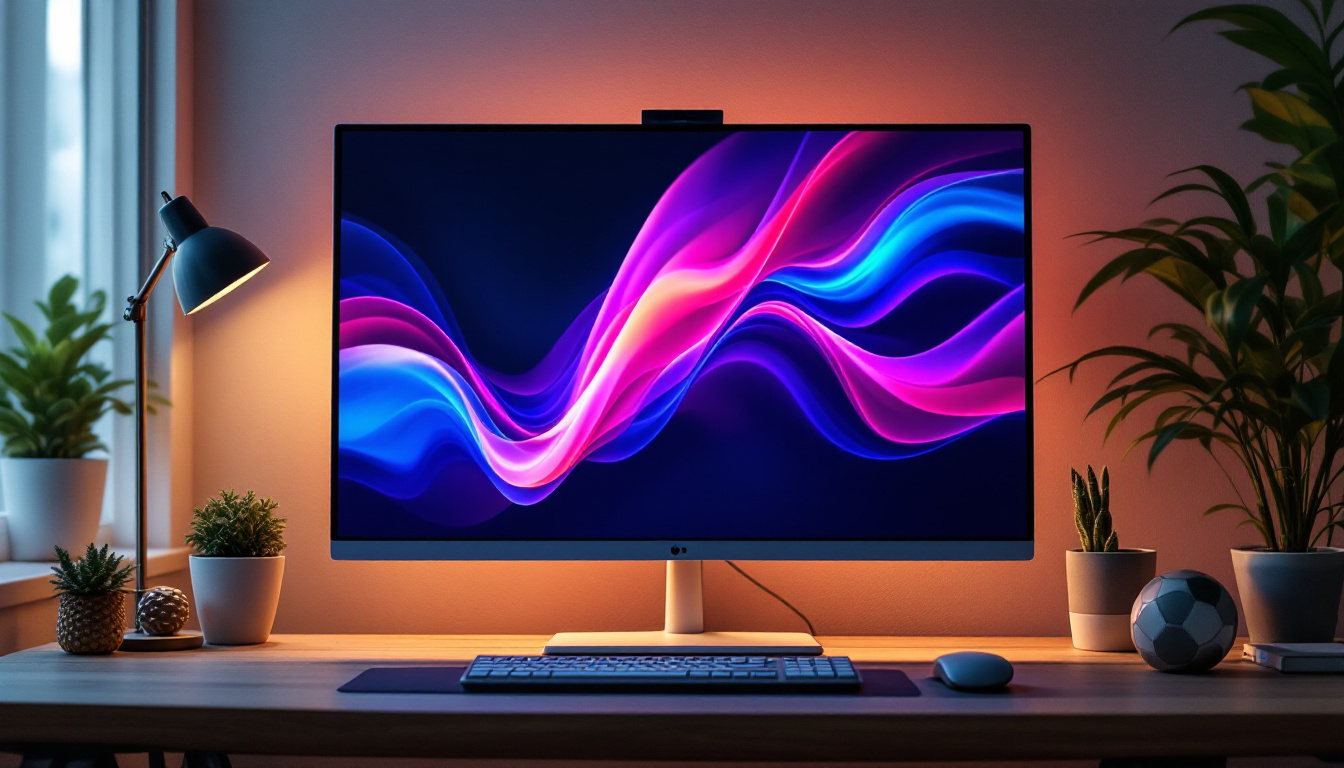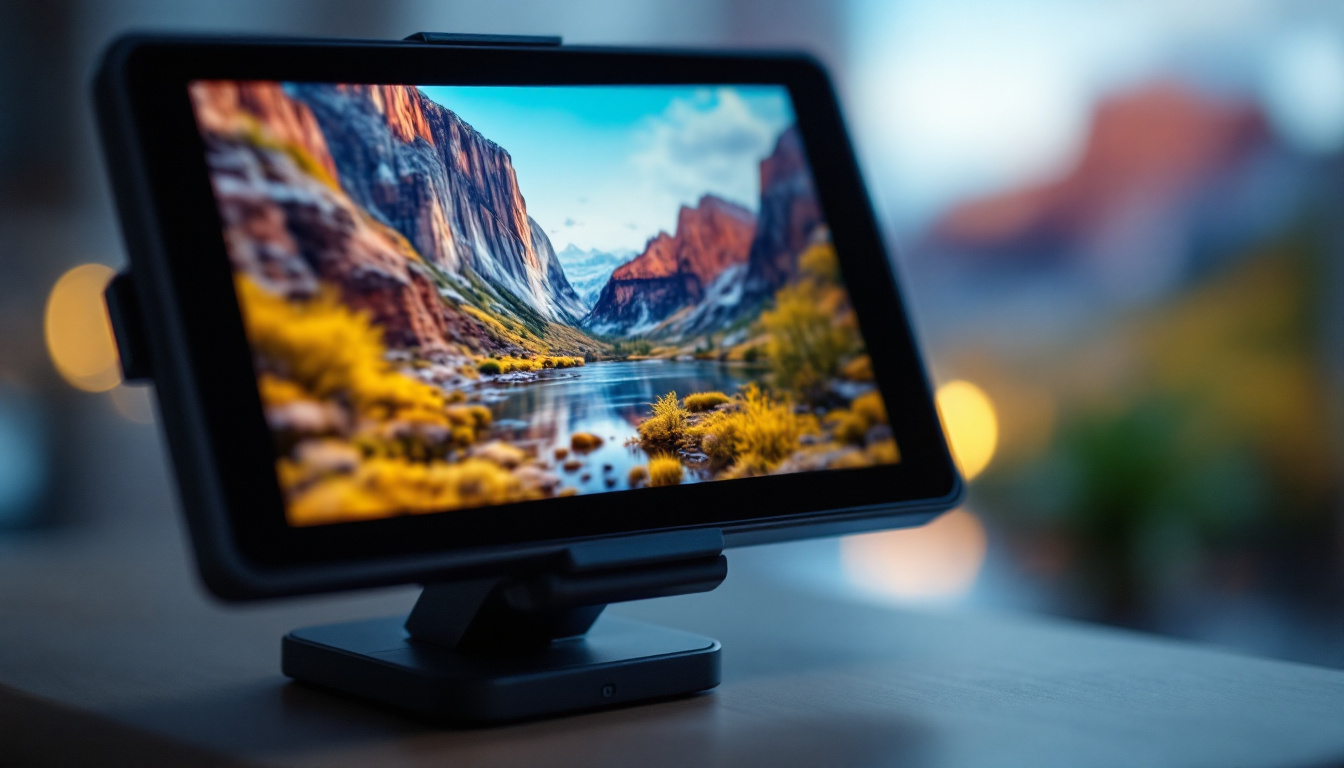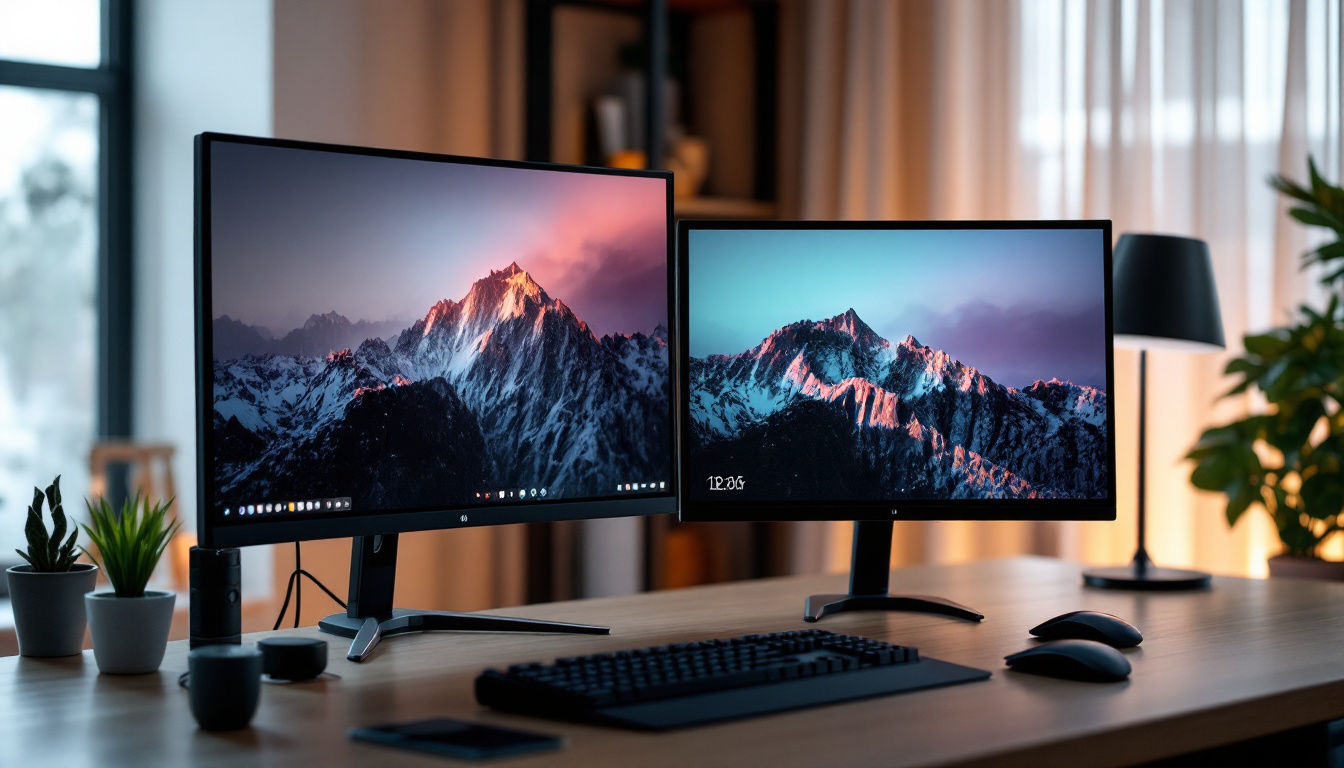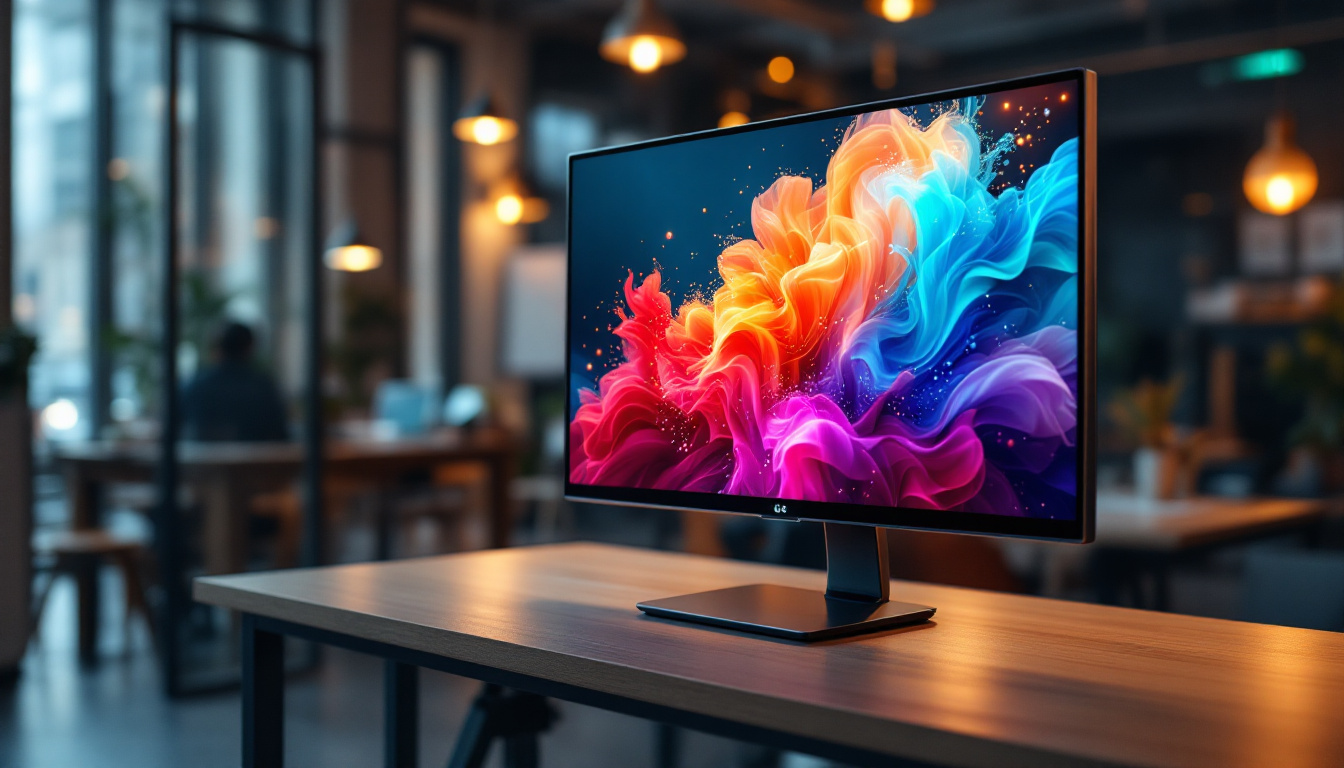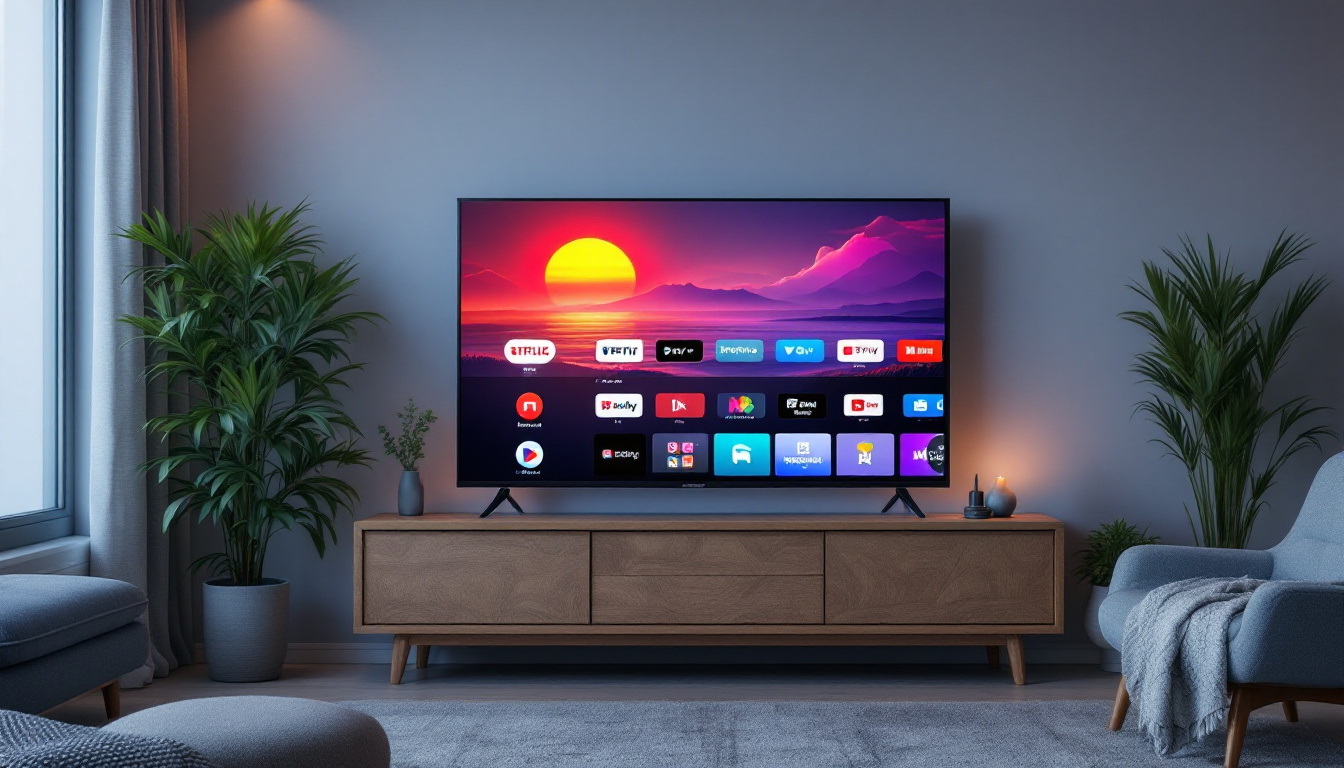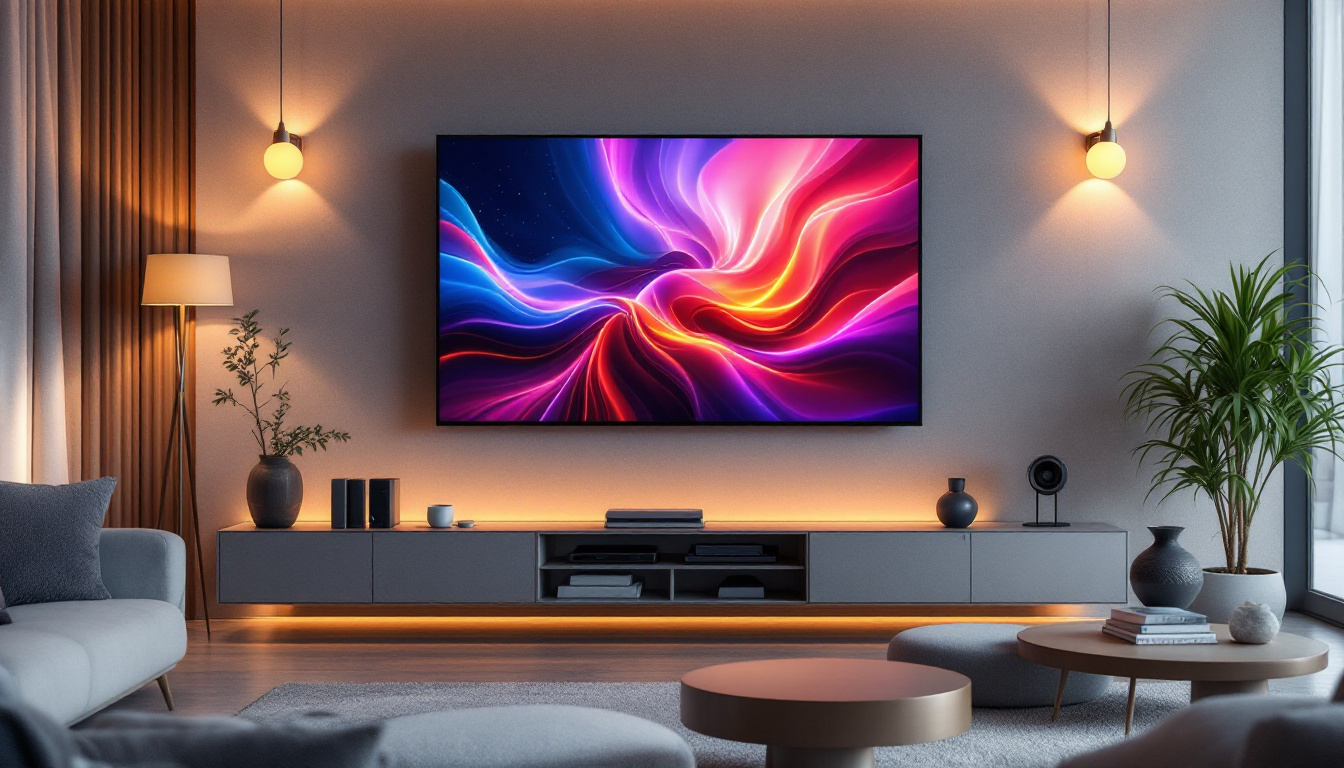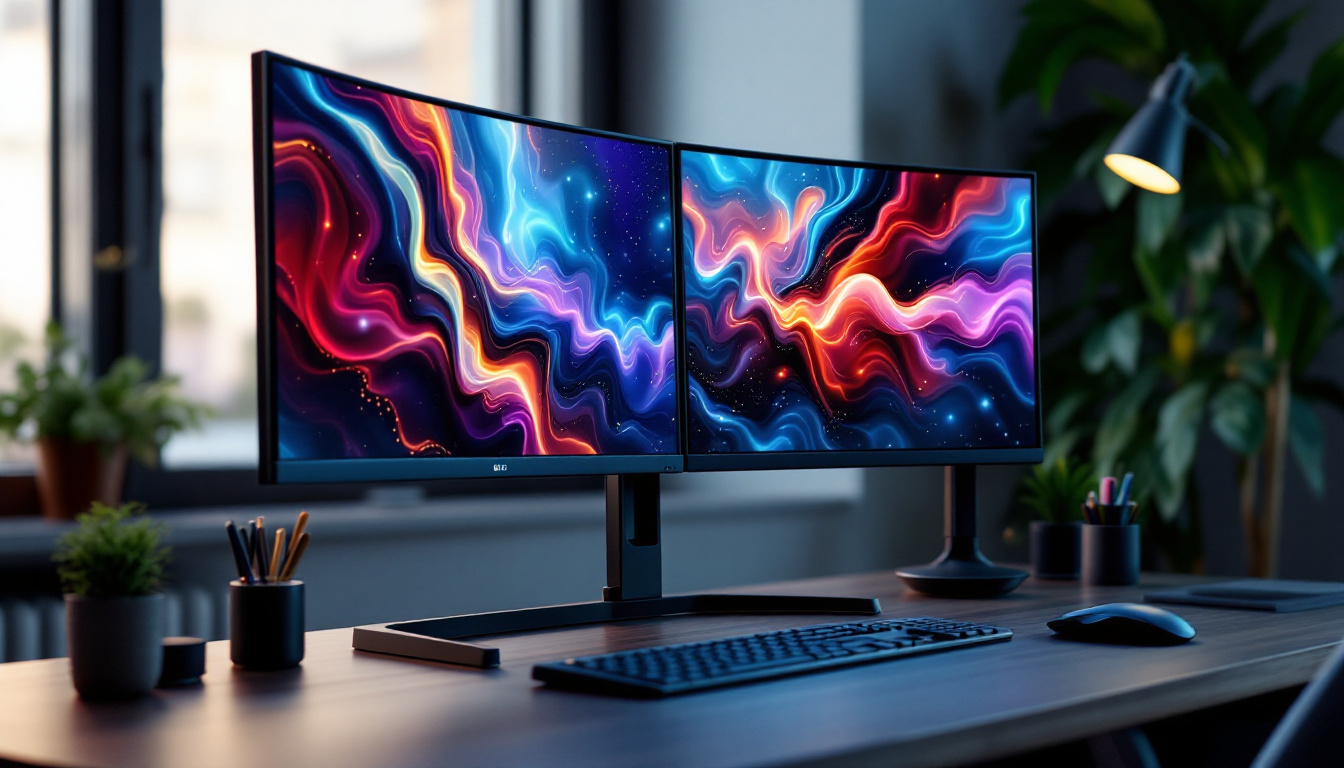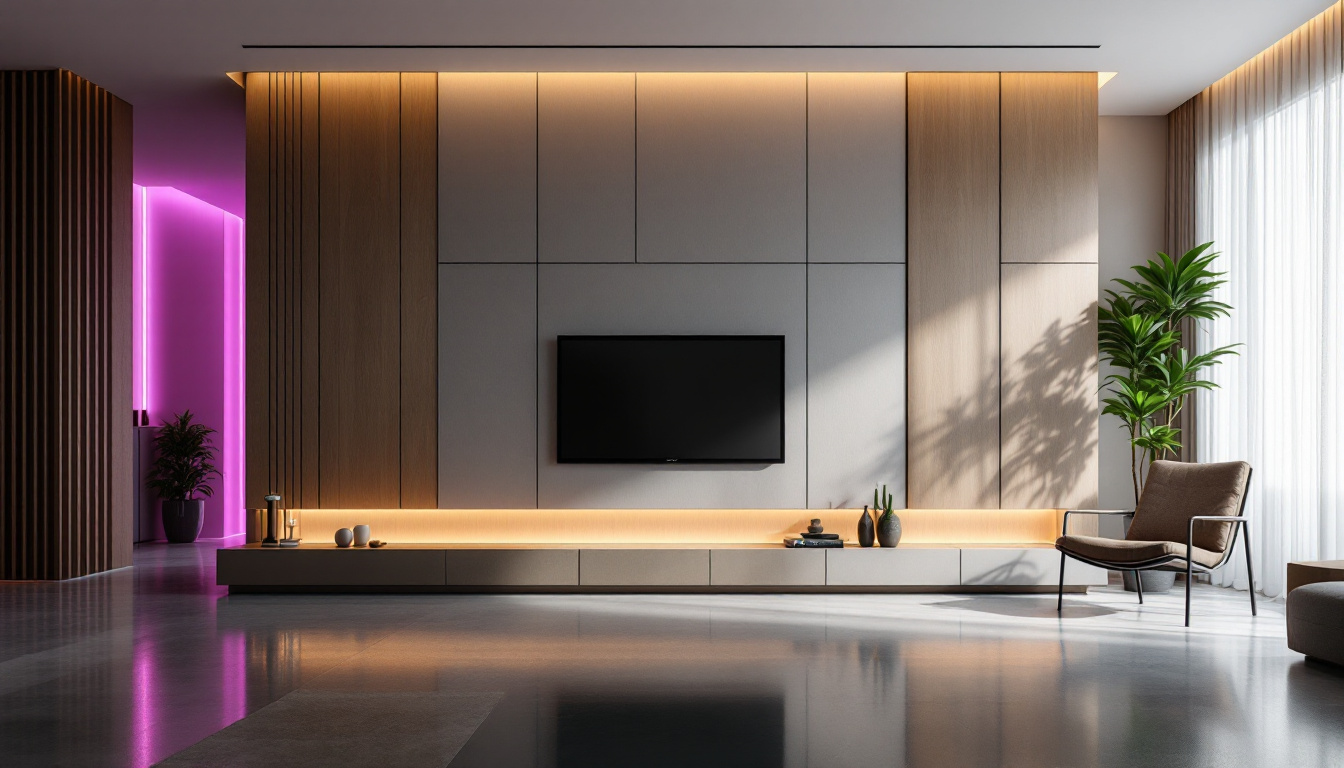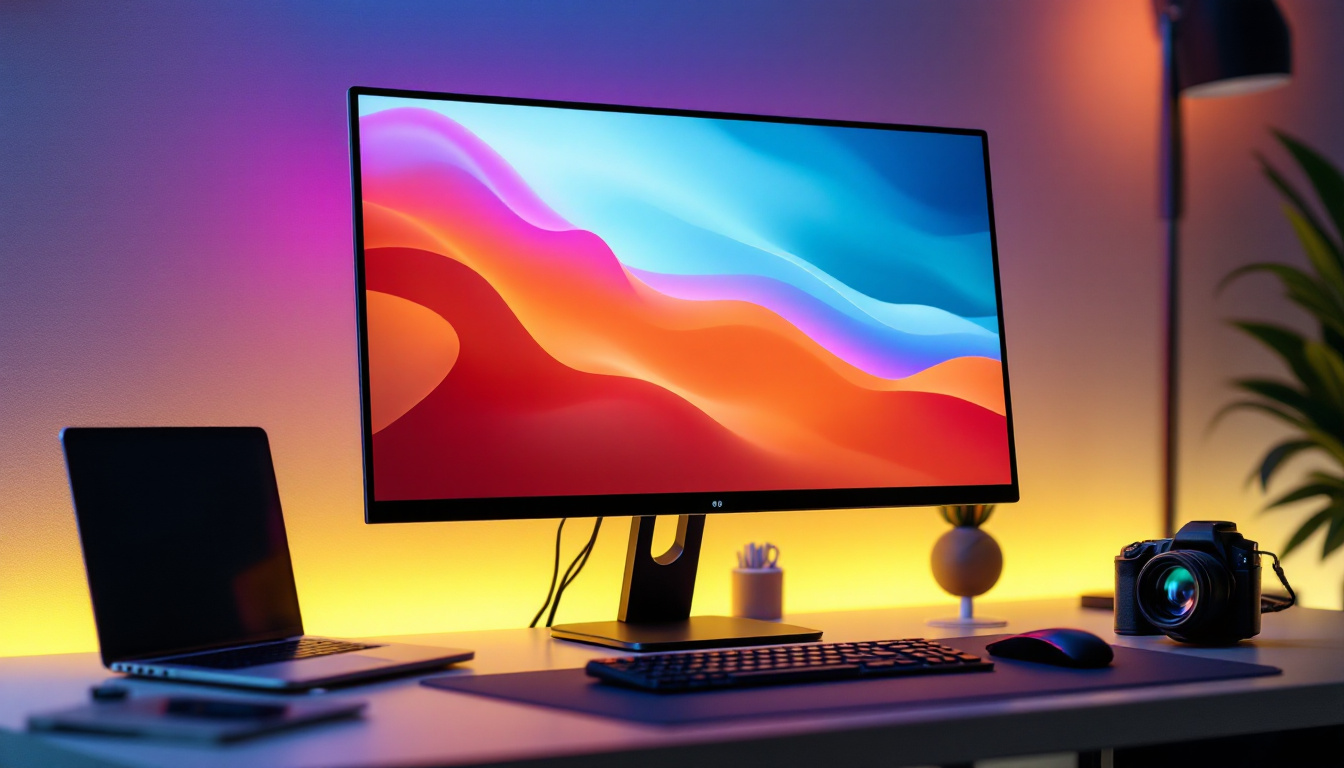In today’s fast-paced digital world, the importance of a good computer monitor cannot be overstated. Whether for work, gaming, or casual browsing, the display quality can significantly impact user experience. One essential aspect often overlooked is the monitor stand. This article delves into the significance of computer monitor table stands, particularly for LED displays, and how they can enhance both ergonomics and aesthetics in your workspace.
Understanding LED Displays
LED (Light Emitting Diode) technology has revolutionized the way we perceive visual content. Unlike traditional LCD monitors that rely on fluorescent backlighting, LED displays utilize tiny diodes to produce light, offering several advantages.
Advantages of LED Technology
One of the most notable benefits of LED displays is their superior brightness and contrast. This results in vibrant colors and deeper blacks, making images and videos more lifelike. Additionally, LED monitors are generally more energy-efficient, consuming less power than their LCD counterparts. This not only reduces electricity bills but also contributes to a smaller carbon footprint.
Another significant advantage is the slim profile of LED displays. Their lightweight design allows for easier installation and flexibility in positioning, making them ideal for various setups, including home offices and gaming stations. Furthermore, the durability of LED technology means that these displays tend to have a longer lifespan, reducing the need for frequent replacements and ultimately saving consumers money in the long run.
Types of LED Displays
LED technology is employed in various types of monitors, including standard LED, OLED (Organic LED), and QLED (Quantum Dot LED). Each type has unique characteristics that cater to different user needs. For instance, OLED displays offer exceptional color accuracy and viewing angles, making them a favorite among graphic designers and video editors. On the other hand, QLED displays are known for their impressive brightness levels, making them suitable for bright environments.
In addition to these popular types, there are also Mini-LED and Micro-LED technologies that are gaining traction in the market. Mini-LED uses smaller diodes to enhance local dimming capabilities, resulting in improved contrast and color performance. Micro-LED, on the other hand, takes this a step further by using microscopic LEDs to create individual pixels, allowing for incredible detail and color precision. These advancements are paving the way for even more immersive viewing experiences, making LED technology an exciting field to watch as it continues to evolve.
The Role of Monitor Stands
A monitor stand is more than just a platform for your display; it plays a crucial role in ergonomics and workspace organization. The right stand can help reduce neck and eye strain, promote better posture, and create a more organized workspace.
Ergonomics and Health Benefits
Improper monitor height can lead to discomfort and long-term health issues. A monitor that is too low can cause users to hunch over, leading to neck and back pain. Conversely, a monitor that is too high can strain the eyes. An adjustable monitor stand allows users to position their displays at eye level, reducing strain and promoting a healthier working posture.
Moreover, many modern stands come with features such as tilt and swivel adjustments, enabling users to customize their viewing angles. This flexibility is particularly beneficial for collaborative work environments where multiple people may need to view the screen at different angles. Additionally, some stands are designed with cable management systems that help keep cords organized and out of sight, further enhancing the ergonomic benefits by reducing the risk of tripping hazards and clutter.
Organization and Aesthetics
In addition to ergonomic benefits, monitor stands can significantly enhance the organization of a workspace. Many stands come with built-in storage solutions, such as drawers or compartments, allowing users to keep essential items within reach while minimizing clutter. This organization can lead to increased productivity, as a tidy workspace often fosters a clearer mind. Furthermore, certain designs incorporate features like adjustable shelves, which can accommodate additional devices such as laptops or tablets, ensuring that everything is easily accessible without overwhelming the desk space.
Aesthetically, a well-chosen monitor stand can complement the overall design of an office or gaming setup. With various materials and styles available, from sleek metal designs to wooden finishes, users can find a stand that matches their personal taste and workspace decor. Some stands even offer customizable colors or patterns, allowing individuals to express their style while maintaining functionality. This thoughtful integration of design and utility not only enhances the visual appeal of a workspace but can also contribute to a more inviting and inspiring environment, encouraging creativity and focus during work hours.
Choosing the Right Monitor Stand
Selecting the ideal monitor stand involves considering several factors, including monitor size, weight, and intended use. Here are some key aspects to keep in mind when making a choice.
Compatibility with Monitor Size and Weight
Before purchasing a monitor stand, it is essential to check the compatibility with the monitor’s size and weight. Most stands come with specifications indicating the maximum weight they can support and the recommended screen size range. Ensuring compatibility is crucial to avoid accidents and damage to both the monitor and the stand. For instance, a stand that is too small or weak may not only risk the stability of your monitor but could also lead to costly repairs or replacements if an accident occurs.
Moreover, it’s worth noting that different types of monitors, such as ultrawide or curved screens, may require specific stands designed to accommodate their unique shapes and dimensions. Therefore, researching the best options for your particular monitor type can enhance your overall setup and viewing experience.
Adjustability and Features
Adjustability is a significant feature to look for in a monitor stand. Many stands offer height adjustments, tilt, and swivel capabilities, allowing users to customize their viewing experience. Some advanced models even come with gas spring mechanisms for smooth adjustments, making it easy to switch between sitting and standing positions. This flexibility can be particularly beneficial for those who spend long hours in front of their screens, as it helps promote better posture and reduces the risk of strain or discomfort.
Additionally, consider features such as cable management systems that help keep cords organized and out of sight, contributing to a cleaner workspace. Some stands also include built-in USB ports for easy access to charging devices. Beyond these practical features, aesthetic considerations can also play a role in your choice. A sleek, modern design can enhance the overall look of your workspace, making it not only functional but visually appealing. Furthermore, some stands come with customizable options, such as interchangeable colors or materials, allowing you to tailor your setup to match your personal style or office decor.
Popular Monitor Stand Options
The market offers a plethora of monitor stands, catering to different preferences and budgets. Here are some popular options that stand out for their functionality and design.
Fixed Height Stands
Fixed height stands are the simplest type, providing a stable base for monitors at a set height. They are typically more affordable and suitable for users who do not require frequent adjustments. However, they may not be ideal for everyone, particularly those who alternate between sitting and standing.
Adjustable Stands
Adjustable stands, as the name suggests, allow users to modify the height and angle of their monitors. These stands are particularly beneficial in shared workspaces, where multiple users may have different preferences. They often come with features such as tilt and swivel adjustments, enhancing ergonomic benefits.
Monitor Arms
For those seeking maximum flexibility, monitor arms are an excellent choice. These versatile solutions attach to desks and allow users to position their monitors at various heights and angles. They are particularly useful for dual monitor setups, as they can free up desk space and create a more organized environment. Monitor arms are available in both single and dual configurations, catering to different workspace needs.
Installation and Setup
Setting up a monitor stand is generally straightforward, but it is essential to follow the manufacturer’s instructions for optimal results. Here are some tips for a smooth installation process.
Gathering Necessary Tools
Before starting the installation, gather all necessary tools, which may include a screwdriver, wrench, or Allen key. Some stands come with all the required tools included, while others may require specific tools that are not provided.
Following Instructions
Carefully read the assembly instructions provided with the monitor stand. Each model may have unique assembly requirements, and following the steps in order can prevent mistakes and ensure a stable setup. Pay attention to any safety warnings or weight limits specified in the instructions.
Maintaining Your Monitor Stand
Once the monitor stand is set up, regular maintenance can prolong its lifespan and ensure optimal performance. Here are some maintenance tips to consider.
Cleaning and Care
Dust and dirt can accumulate on monitor stands over time, affecting their appearance and functionality. Regularly wipe down the stand with a damp cloth to remove dust and smudges. For wooden stands, consider using a wood polish to maintain their finish and prevent scratches.
Checking Stability
Periodically check the stability of the monitor stand, especially if it has adjustable features. Ensure that all screws and bolts are tightened, and make any necessary adjustments to maintain a secure setup. If the stand begins to wobble or show signs of wear, it may be time to consider a replacement.
Conclusion
In conclusion, a computer monitor table stand plays a vital role in enhancing the user experience of LED displays. By providing ergonomic benefits, promoting organization, and contributing to the overall aesthetic of a workspace, a well-chosen stand can make a significant difference. Whether opting for a fixed height stand, an adjustable model, or a versatile monitor arm, it’s essential to consider factors such as compatibility, adjustability, and maintenance.
Investing in a quality monitor stand not only improves comfort and productivity but also elevates the overall look of your workspace. With the right stand, users can enjoy the full benefits of their LED displays, leading to a more enjoyable and efficient computing experience.
Enhance Your Visual Experience with LumenMatrix
Ready to take your workspace to the next level? Discover the unparalleled clarity and vibrant visuals of LumenMatrix’s advanced LED display solutions. From the sleek Indoor LED Wall Display to the dynamic Outdoor LED Wall Display, and from the innovative Vehicle LED Display to the captivating LED Sports Display, LumenMatrix has the perfect LED technology to revolutionize your visual communication. Elevate your brand visibility and create engaging experiences with our state-of-the-art LED displays. Check out LumenMatrix LED Display Solutions today and see the difference for yourself!

